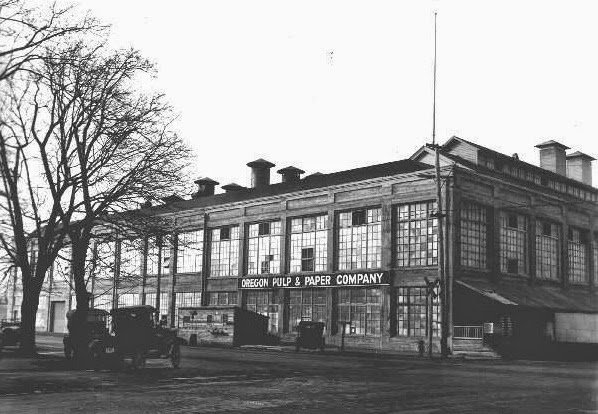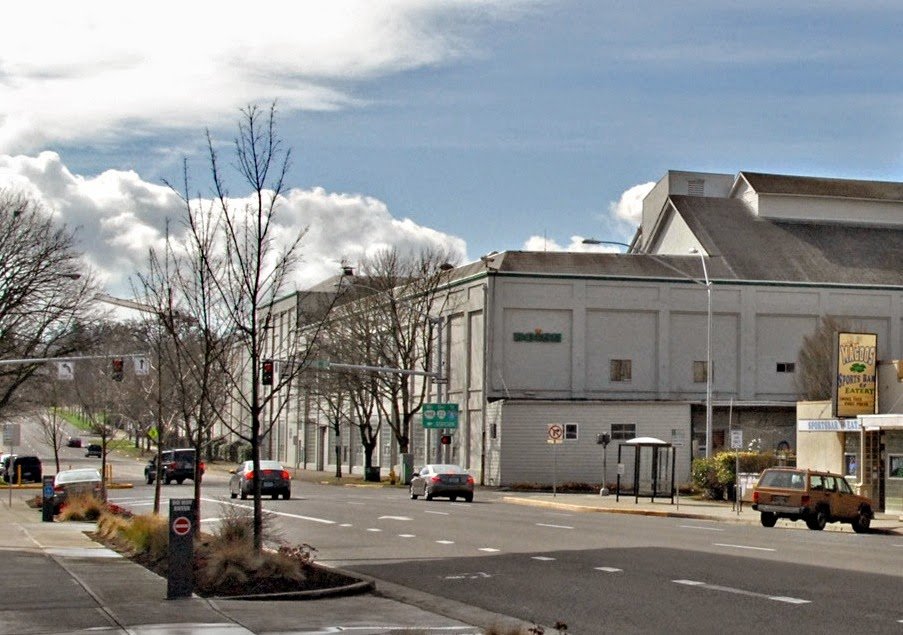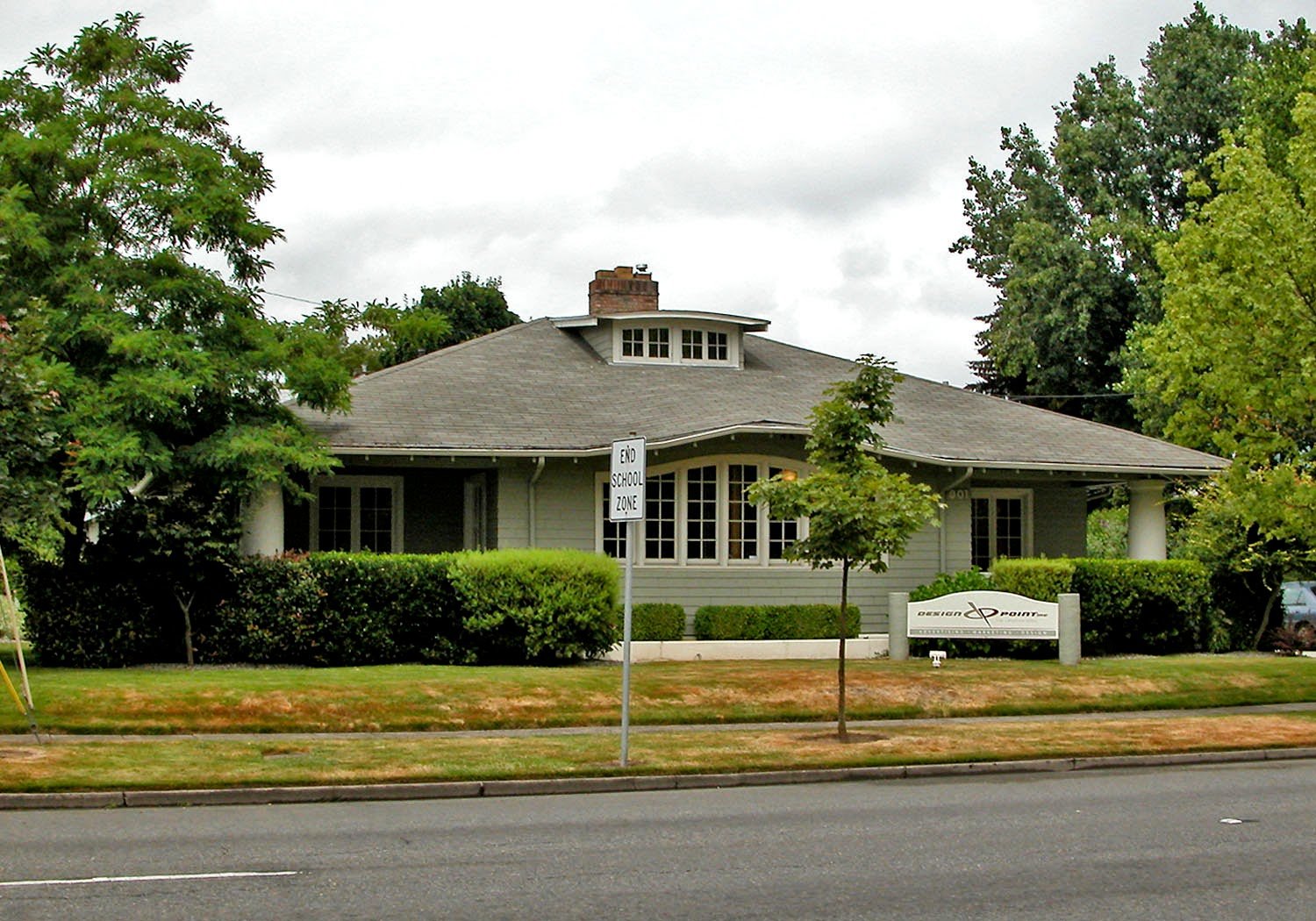World Events
- Irish fight for Independence begins; there are riots between Jews and Arabs in Jerusalem; President Carranza is assassinated in Mexico.
- Congress refuses to ratify the Versailles Peace Treaty, objecting, especially, to the decision-making power of the League of Nations. The U.S. signed a separate treaty with the Central Powers.
- Republican Warren G. Harding is elected as President after a “front porch” campaign in which he rarely leaves his home in Ohio. He defeats two opponents: James Cox, Democrat and Eugene Debs, Socialist.
- The 19th Amendment to the US Constitution gives women the right to vote, which they do for the first time in this election. The League of Women Voters established in Chicago.
- Anna Anderson in Berlin claims to be the late Grand Duchess Anastasia of Russia, youngest daughter of Nicholas II. After many interviews and mental examinations, her identity remained a mystery until DNA after her death in 1984 proved her to have been Franziska Schanzkowska. (See 1956 film “Anastasia” starring Ingrid Bergman)
- The first licensed radio broadcast is made by KDKA of Pittsburgh.
- New books: The Pulitzer Prize goes to Edith Wharton’s Age of Innocence. Also introduced this year is This Side of Paradise by F. Scott Fitzgerald.
In Salem
William G. Allen, a prominent Salem business man (Allen Fruit Packing) designed this house and his own crew built it. For brining, drying and packing cherries, he leased on half a streetcar barn on North Front Street in 1934 and after a year it was the largest processor of cherries in the Pacific Northwest. By 1937, several types of fruit juices were produced. During World War II, Allen processed potatoes for the armed forces. The fruit processing industry was crucial to Salem’s prosperity in the during the Depression and years of World War II.
When you visit
After nearly fifty years of owning or managing plants in Salem, he announced in 1952 that he was closing the Front Street plant. After retirement, he and his wife continued to live in this home at 901 Capitol Street until his death on New Years Day in 1954. An interesting feature of the living room is an inglenook framing the fireplace area. The office has become office space and has had a new tenant since this photograph was made in 2007. This former home will be a part of the anticipated Grant Historical District, a nomination being prepared in 2010-2014.
Other events
- O. Wilson becomes mayor and the census shows the city population at 16.679.
- Oregon Pulp and Paper Company starts operations on the property that later became Boise Cascade. The last negotiation with city gave the company right to the property at the foot of Trade Street. [Ben Maxwell added to the news report: “In early pioneer times, an Indian cemetery with very shallow graves was located here.”] A long time feature of the Trade and Commercial intersection, across from the Convention Center and Civic Center Park, the building was partially demolished soon after the 2006 photograph. A new development of the property was still underway in 2014.
 |
|||
| The Pulp and Paper Company Building at Trade and Commerical, 1920 |
 |
| The same structure as Boise Cascade in 2006 |
- The new Lausanne Building replaces the greatly remodeled Willson residence, serving as a dormitory on Willamette University campus. Students participated in the demolition, using axes to splinter old woodwork interior features.
- To the north of the city, John MacDonald builds a farmhouse on a rural path accessed from Portland Road. In 1936, the railroad overpass was constructed, cutting off the former access: the new entrance road was named for the family. After the widowed Mrs. MacDonald left in 1948, the house had many occupants and was converted into apartments in 1968. The current owner-residents have remodeled what had become a business address.
- An English cottage is built for Albert and Doris Adolphson on D Street. They were proprietors of the Klasic Photo Shop. In the late 1940s, Franklin and Doris Silkey were residents. The property was acquired by the State in 1959. This Local Landmark is now a part of Heritage Park, a group of seven state-owed properties bordering the Mill Creek between Summer and Winter Streets in the CAN-DO neighborhood.
- Just a few blocks north, is the home of Wolcott Buren, a prominent Salem physician. Howard Belton, the Treasurer of the State of Oregon, lived here between 1961 and 1980. It became a rental property until the present owners bought the house. It has retained its original style with few alterations. The Buren/Belton house is in the historic Grant neighborhood.
- The probable first owners of a house built at 396 18th Street were Henry L. and Jennie Briggs who lived here until 1930 when it was sold to Russell and Valerie Bonesteele . Mr. Bonesteele was in the automobile business. He served on the Salem Hospital Board and other community boards including the Salem City Council. He became mayor of Salem 1959-62.
 |
| The Sprague House |
- An English Tudor house was built for Charles and Blanche Sprague at 425 14th Street. He was then publisher of the Oregon Statesman and, in 1939, was elected Governor. After several subsequent political posts, he returned to publishing. The Sprague family lived here for 25 years. It was sold to the state and became part of a social services agency. Both houses are Local Landmarks in the NEN neighborhood.
- South of Trade Street, two previously rural streets are becoming residential. Church Street is filling with rental houses built by Daniel Fry, many for his employees at the Fry Drug Store on Commercial Street. 651 Church Street was an early rental home of Conde McCullough, designer of Columbia Gorge bridges and probably the one just north of his home. Along High Street, south of the Fry property and west of Bush’s pasture, many new bungalows are contracted for construction as property owners move south of Mission Street. Both of these streets are in the present Gaiety Hill/Bush’s Pasture Park Historic District. A walking tour of this district, including these two streets can be found on SHINE.
- A hilltop English cottage is built this year for Edward and Kathryn Piasecki, one of the first houses built in the Kingwood Heights area of West Salem. A boating tragedy on the Oregon coast near Newport claimed the life of Edward and another Salem attorney in August of 1952 when he was 72 years old. Kathryn Piasecki continued to live in the house until 1965. It is now a Local Landmark.

